
i finally got to the jonathan and karin fielding collection of american art at the huntington. absolutely riveting. i’ve been passing by the signs for the BECOMING AMERICA exhibit on my weekend jaunts through the grounds, and have been meaning to get to it.
i’m so glad i did! the collection is outstanding. quilts, ironwork, paintings, textiles, and more.
i stood for long moments studying these portraits. the shoes, the hands, puffy dresses, their eyes, their cheeks. every detail.
some cannot be attributed to a particular artist with any certainty. many were painted by self-taught itinerant artists of the 18th and 19th century who traveled from town to town painting portraits. how curious! how interesting!


the young girl and boy in these portraits in oil on heavy paper may have been painted by either william matthew prior or sturtevant hamblin or other artists identified with the “prior-hamblin school” of the 19th century. often more was written on the back of the paintings about the sitter than the painter so many works are unsigned. the origin unknown.




a sea captain and his wife! oh aren’t they fabulous!


if you live locally i urge you to go have a look. i left charmed and deeply satisfied. i am now dying of curiosity to learn more more more about itinerant american painters! i must stop everything else in my life at once, climb into my time machine and head off on a voyage of discovery. a road trip is in order. i must comb the backroads of new england and find these painters! ride along with them in their wagons as they travel with their families from place to place.
sigh.

these family records took my breath away.
the hand-lettering!
the pen work!


oh so beautiful. so much here to stir one’s creative heart.
naturally, i was captivated by the oil paintings of ships.
i zoomed in on the rowboat with the mister and missus. or maybe it’s two misters.
look how it glides through the water!

that little boat was but a tiny speck in this large painting of a seaport in boston.

i’m madly in love with the title and writing on this frame. why i don’t have a photo of the actual painting i cannot say… when i return i’ll be sure to get one!

i found this information on history of painters.
“The itinerant American limner was usually an unidentified painter who roamed the countryside in search of commissions. For the most part these artists were untrained and lived hardscrabble lives, often trading sign painting, a small portrait, interior mural for a bushel of potatoes or a few chickens. Limners often made their own pigments from the raw material they found along their way. The painters used crushed burnt walnuts, ground chicken bones, boiled eggshells, blueberries and even local clays and mud.
One of the greatest American painters of all time, Edward Hicks, started his career as a sign painter and portrait painter..
Many nomadic painters infused a sense of whimsy and unintentional surrealism into their work. Each limner possessed their own manner of painting. Almost all but typically accentuated the eyes of the subject and included narrative elements such as books, birds, pets, household objects. Their artworks overflow with surface ornamentation and are deliberately decorous. These fascinating paintings are highly valued by collectors.”

i do hope you’re buzzing to and fro among your own nectared flowers. capturing your own enthusiasms, making honey, leaving trails for others to follow.
Discover more from Dispatch from LA
Subscribe to get the latest posts sent to your email.

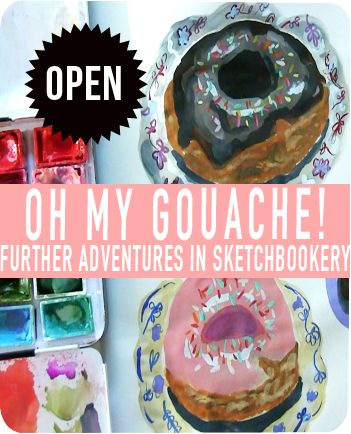
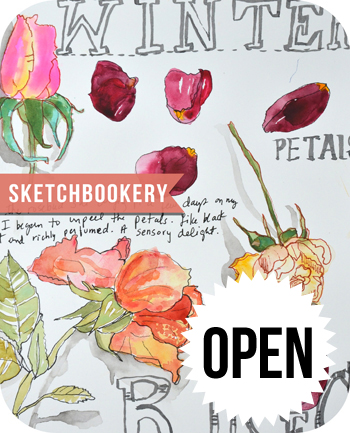
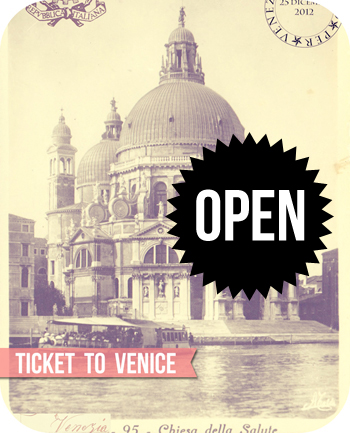
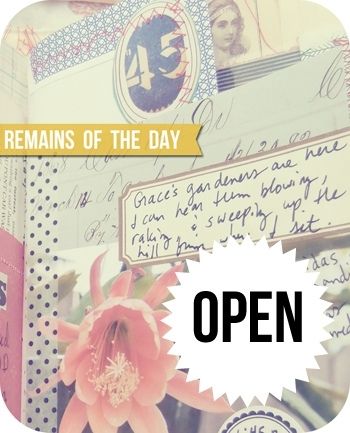

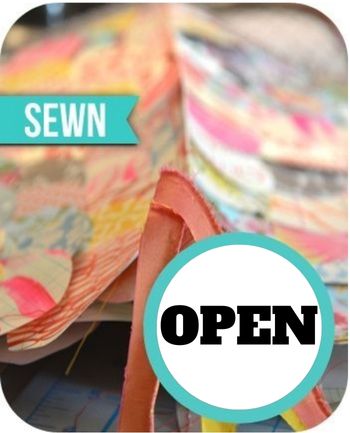

I have completely changed my mind about us becoming portrait painters of swedish royalty. Lets instead bring back to life the art of painting children in the style of american portrait painters. We can practice this in July. At our retreat. What say you?
oh definitely!
These paintings open a door to imaginative musing about the subjects and the artists, don’t they? I need a time machine, too! They also bring to mind the practice of photographing people, especially children, in the casket. Maybe grisly to the modern sensibility, but treasured keepsakes in their era. I have a book, American Folk Painters of Three Centuries, that might be of interest. You could probably find a cheap copy with Amazon sellers. Printed in association with the Whitney Museum of America Art.
On another note, I think it was you who once posted information about the rig you use to mount your camera over your table when you do videos. Was that you? If so, can you tell me what type via reply or email?
i jezz so happen to have found that info right here for ya! http://dispatchfromla.com/2016/05/online-class-camera-equipment.html
hope it helps!
the book on folk painters sounds interesting…
That’s it! Thank you, love!
Totally off topic here, but since you teach, I thought you’d be interested in The Oregon Trail, a New American Journey by Rinker Buck. I just finished it, and it was fascinating, historical, and a great adventure crossing the Oregon Trail in today’s modern world. I just loved it. And, it really fleshes out a part of American history that is typically overlooked or sanitized or reconceptualized from the truth of it.
Happy day!
xx
sounds good! thanks for telling me 🙂
The Mennonite Heritage Center in Harleysville, PA (mhep.org) and a smaller Mennonite and Amish Heritage museum in Lancaster, PA have incredible examples of fraktur and several other art forms, as does the v fine Winterthur Museum in DE. The Ephrata Cloister and Hans Herr House (PA), Mystic Seaport (CT) and the Penobscot Maritime Museum (ME) should all be on your list if you visit this region. I am fortunate to have inherited large oil portraits of my great great great grandparents Balthazar and Eliza that are quirky and wonderful.
thanks marilyn for these fantastic recommendations. going to explore some of them online now.
wish i could see those portaits!